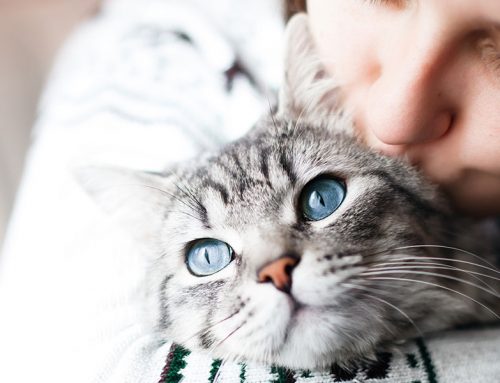The recent sighting of large numbers of bufo toads in parts of Tampa reminds us that some of the scariest alien invaders are not little green men, but rather large grayish-brown toads. These invaders are significantly affecting our natural Florida wildlife, and be a real danger to our pets as well.
Bufo toads, also known as cane toads or marine toads, originated in South America. They were purposefully released in south Florida in the 1950s to try to control pests in sugar cane fields, and quickly spread out of control. Decades later they have spread throughout southern Florida. Luckily, they are not as prominent in Tampa Bay as they are south of us. Bufo toads are grayish-brown, warty, and can grow quite large; adults can be 4 to 6 inches length, but some have reached more than a foot long and the size of a dinner plate.
Cane toads do resemble our native southern toad, though the southern toad is typically smaller (2 to 4 inches) with two ridges on its head behind it’s eyes. Toads larger than 4 inches are likely bufo toads. Do to the similarity in appearance, when in doubt it is best to not allow your pet to interact with toads.
These toads are voracious carnivores, eating bugs, lizards, frogs, birds and rodents. They will eat pet food and garbage if it is left out. These toads have a devastating effect on a natural lizard and frog population, though their most frightening characteristic for pet owners is their means of defense.
Behind the bufo toads eyes are 2 large glands which produce a milky white liquid called bufotoxin. This substance is released when the toad is threatened. Pets who ingest this bufotoxin by biting or even putting the toad in their mouth may have severe effects. Dogs and cats may foam at the mouth, or begin shaking their head, clawing at their mouth and drooling. If you can look in your pet’s mouth, you may notice the gums change from normal pink to a brick red color as the pet’s heart rate and blood pressure increase. The toxin can lead to seizures and even death; immediate care is critical in these situations. A pet owner should rinse their pet’s mouth out as quickly as possible with a hose. You should point your pet’s head down so that the water runs out of the mouth. If your pet is having seizures, too forceful of rinsing could drown your pet, and therefor should be done cautiously. Immediate transportation to your veterinarian or animal emergency hospital is needed after rinsing. Any people who come in contact with bufotoxin should wash their hands well immediately.
The best way to minimize the bufo toad threat is to prevent your dogs and cats from interacting with wildlife. Cats can be kept inside, and dogs should be prevented from hunting. Leaving open dog or cat food outside will attract the toads, as well as coyotes, possums, raccoons and other wildlife which can pose a threat to our pets. Feeding your pets inside can protect your and your neighbors pets.
Bufo toads are just one of the many wild creatures that can cause problems for our pets. Coyotes, alligators, snakes and raccoons all can cause injury to our 4 legged friends. Attracting these animals to our yards with left out dog or cat food is an invitation for problems; keep your pet food inside.






Leave A Comment